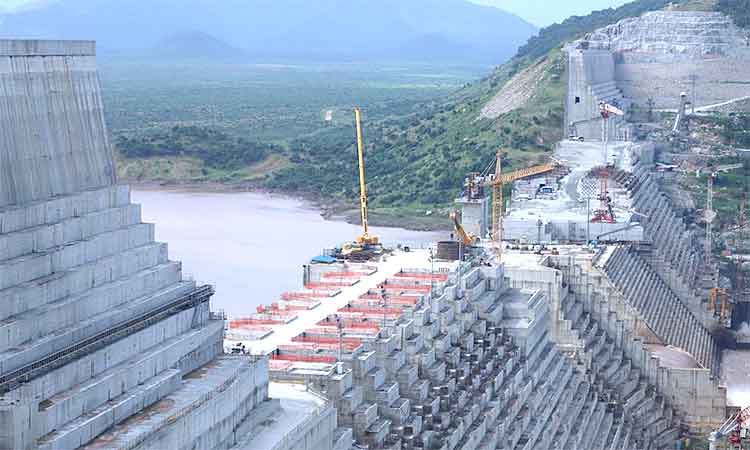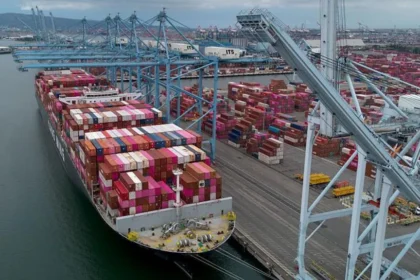According to data gathered by the London Stock Exchange Group, soil moisture in Brazil’s major river basins utilised for hydropower generation has dropped to levels not seen in almost two decades, endangering a protracted drought even after the rains come back.
Tropical rains feeding Brazil’s vast network of rivers typically allow hydropower plants to generate around two-thirds of Brazil’s electricity but years of weak rainfall have hurt the sector, pushing up energy costs and stoking inflation that has led economists to forecast a fresh round of interest rate hikes.
Experts caution that because the soil will absorb so much moisture, hydroelectric reservoirs may take longer to fill even if the anticipated seasonal rains arrive next month.
The current drought has particularly hard hit run-of-the-river generators; one of the biggest in the nation, the Santo Antonio plant in northern Brazil, which depends on the Madeira River, has partially shut down.
Due to ONS’s difficulties managing the system during periods of high demand, costly thermoelectric plants have recently been turned on.
Also Read:
Factors to Watch Next Week: FIIs, Rate Cut, and Economic Data





